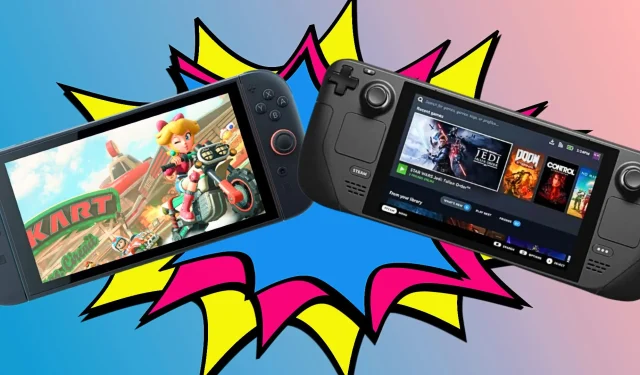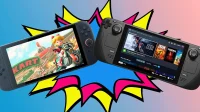The Nintendo Switch 2 is frequently compared to other handheld gaming devices, and one of its primary competitors is the Steam Deck. Developed by Valve, renowned for its game distribution platform Steam, the Steam Deck epitomizes a blend of ease-of-use typical of gaming consoles alongside the versatile capabilities of a personal computer—all within a portable frame. In the current landscape, the Steam Deck stands as the most significant rival to the Switch 2, as both devices offer similar pricing and custom operating systems, despite the presence of other contenders in the handheld market.
While the Switch 2 is not classifiable as a handheld PC, the popularity of both the original Switch and the Steam Deck makes comparisons relevant. This article provides a detailed comparison of the major components of each console, highlighting the differences in power and performance in several critical areas.
Comparing CPUs: Switch 2 vs. Steam Deck
The Switch 2’s Custom Nvidia vs. Steam Deck’s Zen 2
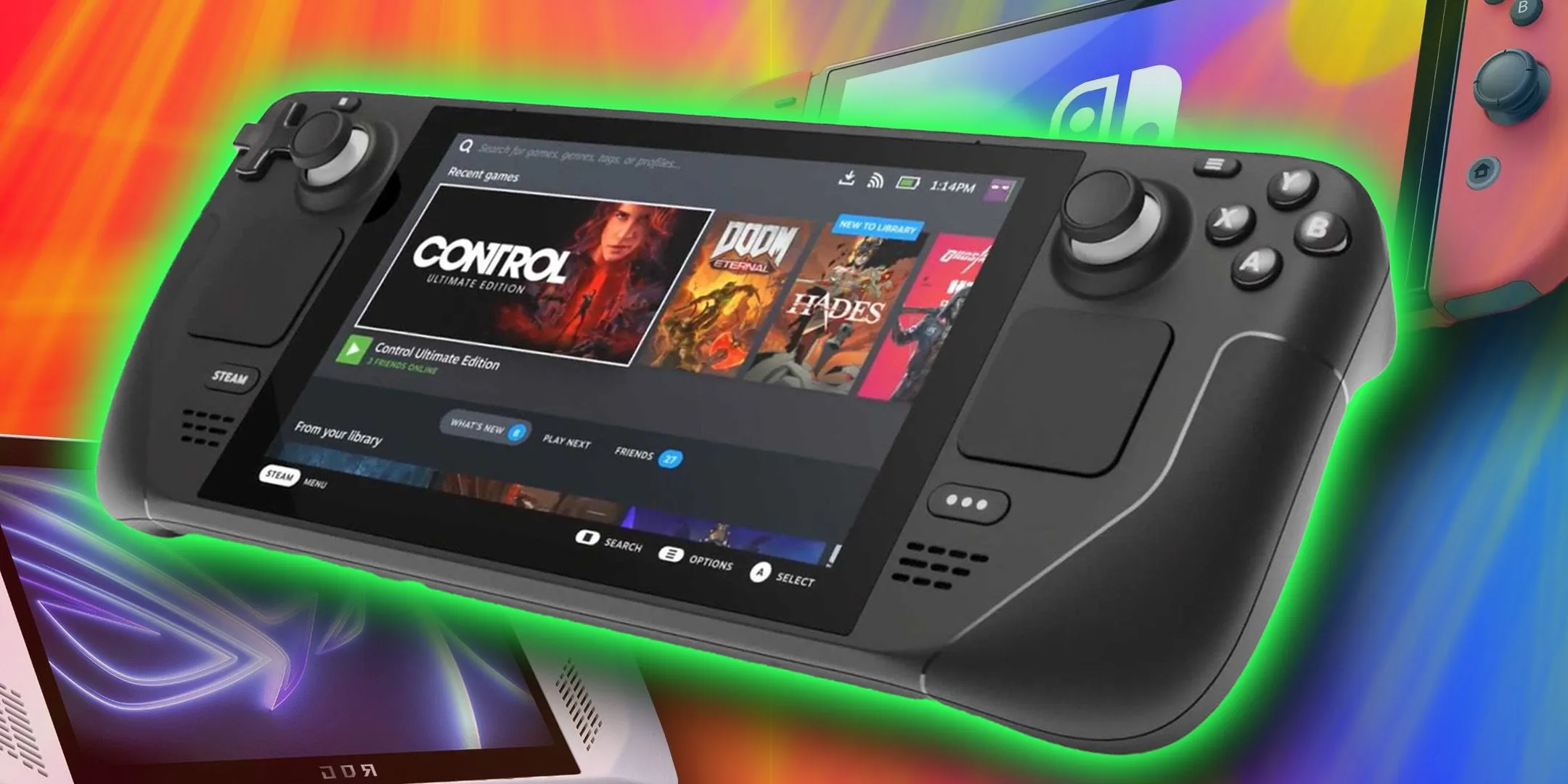
Currently, details regarding the central processing unit (CPU) utilized by the Switch 2 remain speculative. It is known to be manufactured by Nvidia, and various leaks suggest it may be a custom Tegra model, specifically the T239, as noted by reports from Polygon. For the sake of comparison, this analysis will reference EuroGamer‘s projections regarding the T239’s specifications.
On the other hand, the Steam Deck employs an accelerated processing unit (APU) featuring an AMD Zen 2 CPU with four cores and eight threads. The following table summarizes the projected specifications of both CPUs:
|
Console |
CPU |
Clock Speed |
|---|---|---|
|
Switch 2 |
Tegra T239 (rumored) |
1.1008 GHz (handheld), 998.4 MHz (docked) |
|
Steam Deck |
Zen 2 4c/8f |
2.4 GHz–3.5 GHz |
The CPU’s capabilities significantly influence gameplay mechanics, from translating player inputs to managing NPC behavior and handling audio processing. Consequently, a more powerful CPU is critical for achieving higher frame rates and smoother performance. Currently, the Steam Deck outperforms the Switch 2’s expected specs, boasting a higher clock speed—even in the docked mode of the Switch 2—which may result in lower latency, enhanced enemy AI, and improved framerate consistency for players.
Graphics Processing Units: Switch 2 vs. Steam Deck
Switch 2’s Nvidia GPU vs. Steam Deck’s AMD GPU
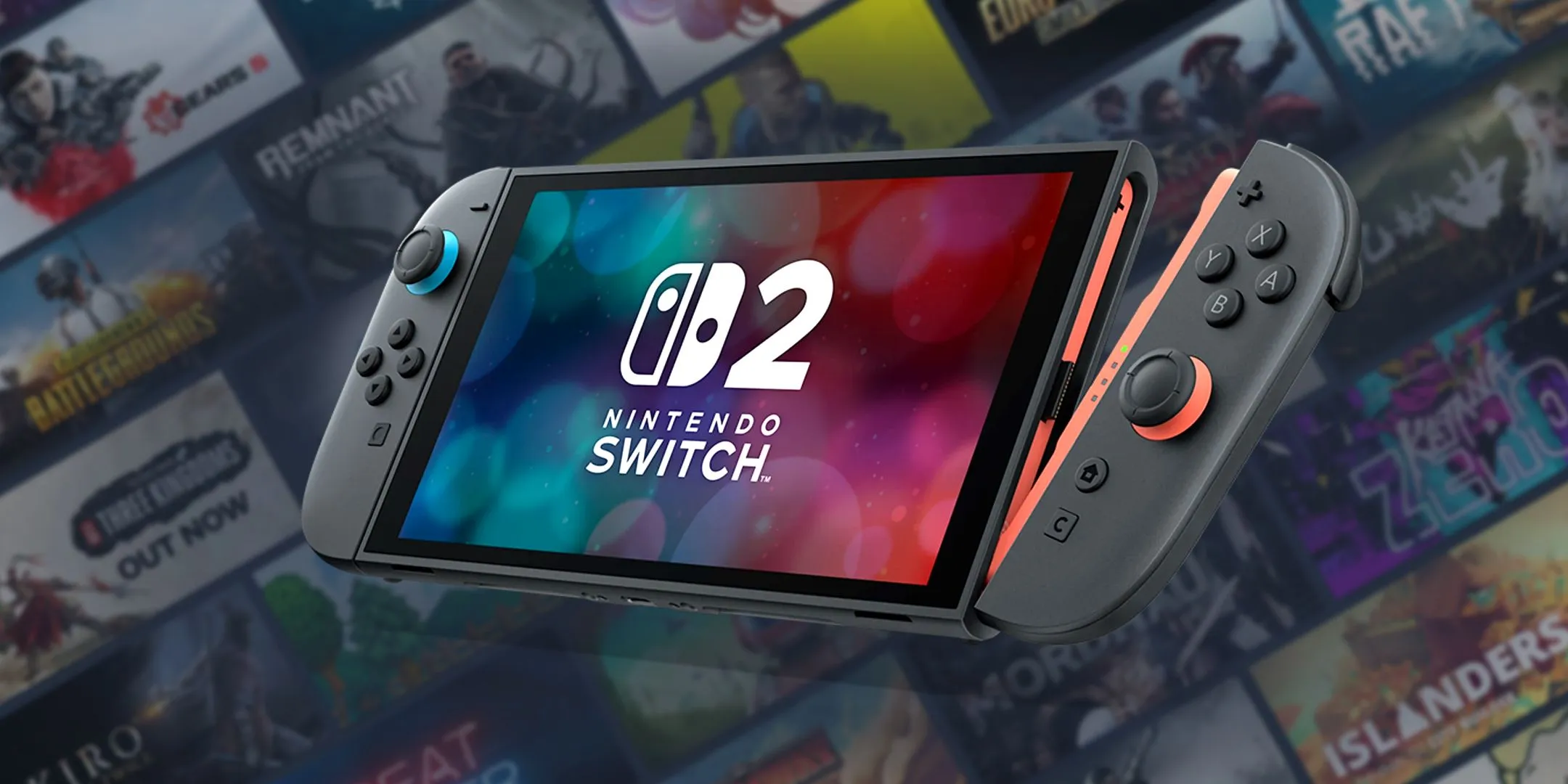
Next on our comparison is the graphics processing unit (GPU), which plays a vital role in determining visual fidelity. The Switch 2 is anticipated to contain a custom Nvidia GPU, likely based on the Ampere architecture, while the Steam Deck integrates its AMD GPU within its APU.
Similar to CPUs, GPU performance is often gauged by clock speed. Higher clock speeds typically indicate greater processing power. Early reports suggest that the rumored GPU in the Switch 2 may surpass the Steam Deck’s capabilities, potentially providing more fluid graphics in certain gaming scenarios, though definitive information remains scarce.
Random Access Memory: Switch 2 vs. Steam Deck
Which Console Offers More RAM?
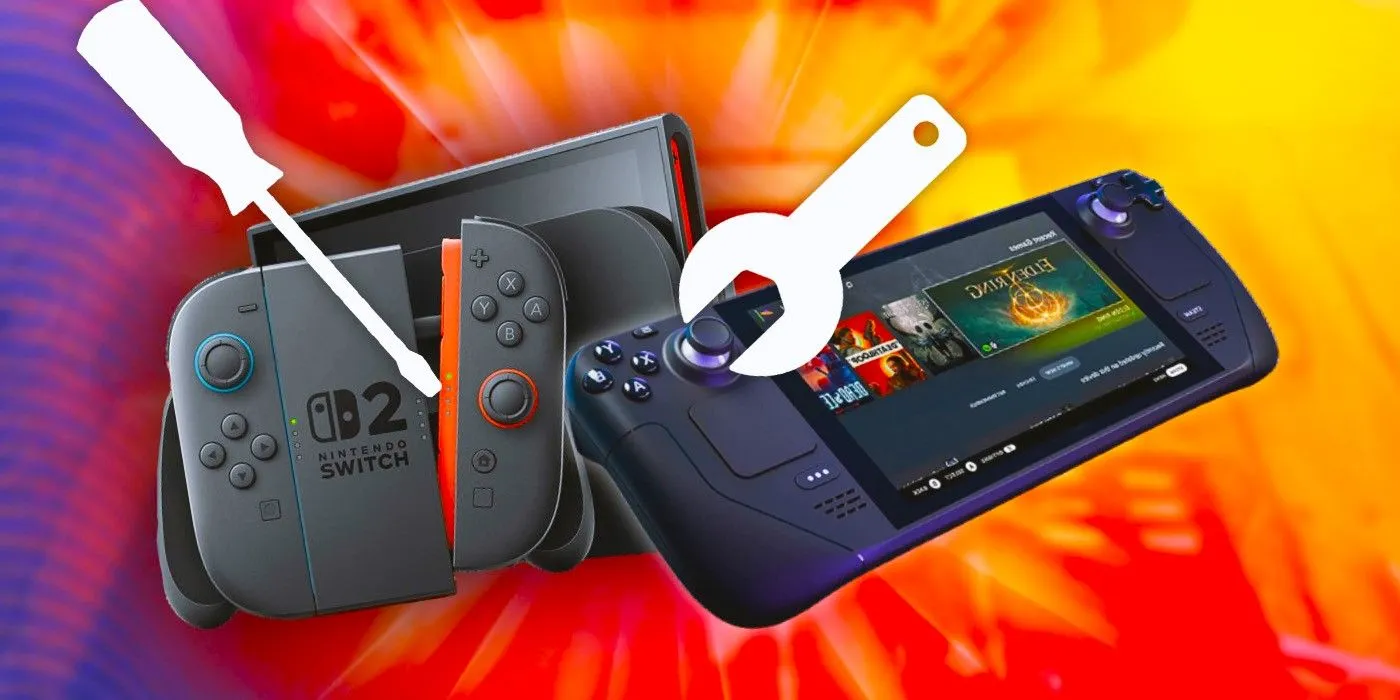
We also need to examine random access memory (RAM), which is essential for multitasking, particularly in expansive, open-world games. More RAM can lead to improved loading times, enhanced frame rates, and greater optimization when running multiple applications, such as using the Switch 2’s newly introduced chat feature alongside gameplay.
|
Console |
RAM |
|---|---|
|
Switch 2 |
12 GB (rumored) |
|
Steam Deck |
16 GB |
As RAM is quantified in bytes, the Steam Deck surpasses the expected RAM capacity of the Switch 2, indicating it is likely the more robust console in this respect.
Control Schemes: Switch 2 vs. Steam Deck
Evaluating Control Schemes
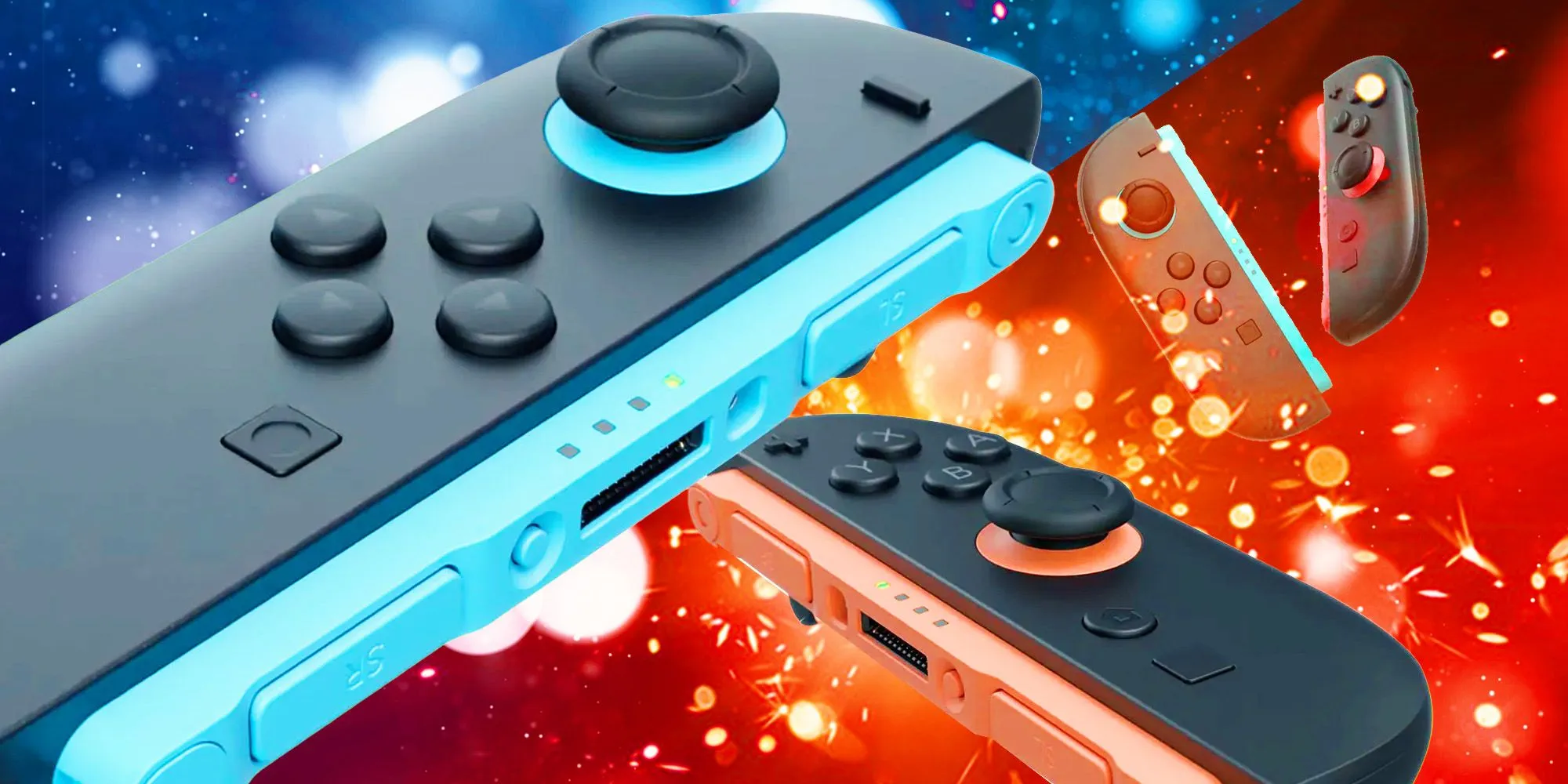
While technical specifications lend themselves to straightforward comparisons, assessing each console’s control scheme introduces subjective preferences. Overall, the control schemes of the Switch 2 and the Steam Deck show similarities, though there are notable distinctions.
|
Console |
Thumbsticks |
Face Buttons |
Shoulder Buttons |
Unique Features |
|---|---|---|---|---|
|
Switch 2 |
2 full-size thumbsticks, non-Hall effect |
A, B, X, Y |
Digital R, SR, L, SL |
Detachable Joy-Cons with mouse functionality |
|
Steam Deck |
2 full-size thumbsticks, non-Hall effect |
A, B, X, Y |
Analog R2, L2, Digital R1, R4, R5, L1, L4, L5 |
Dual trackpads |
Regarding thumbsticks and face buttons, both handhelds are nearly indistinguishable, featuring non-Hall effect thumbsticks that have become notorious for stick drift issues. However, what sets the Steam Deck apart is its inclusion of four additional shoulder buttons, offering customizable programming options—especially useful for rapid maneuvering in fast-paced games.
Both consoles also feature unique control attributes. The Steam Deck’s trackpads serve as substitutes for mouse controls, which can be advantageous for certain game genres but do have limited applications for some players. Additionally, users of the Steam Deck can seamlessly incorporate external controllers, mice, and keyboards for added flexibility.
Conversely, the Switch 2’s Joy-Cons can detach for versatile use, such as simulating a mouse in specific game scenarios. While this could prove essential in certain genres, the actual effectiveness of this feature remains to be conclusively evaluated.
Screens: Switch 2 vs. Steam Deck
Screen Size & Resolution

When comparing the displays of the Switch 2 and Steam Deck, we will analyze screen size, resolution, and display technology. Screens utilizing OLED technology provide deep colors and faster response times, while LCD screens, although generally less expensive, can suffer from limitations in color vibrancy.
Furthermore, while LCDs typically offer longer durability, OLED screens present superior visual quality. The readiness of each console’s display can influence your gaming experience. Below is how both console displays measure up:
|
Console |
Screen Size |
Resolution |
Screen Type |
|---|---|---|---|
|
Switch 2 |
7.9 inches |
1920 x 1080 (potential for 4K when docked) |
LCD |
|
Steam Deck |
7.4 inches |
1280 x 800 |
OLED (LCD model also available) |
Storage Solutions: Switch 2 vs. Steam Deck
Internal Storage & Expansion Options

The internal storage capacities of both consoles, measured in gigabytes, dictate the amount of data each can hold, impacting game installs and media storage capabilities. Below is a breakdown of the internal storage options:
|
Console |
Storage |
|---|---|
|
Switch 2 |
256 GB |
|
Steam Deck |
512 GB and 1 TB models available |
With regards to internal storage, the Steam Deck’s base model offers twice the storage of the Switch 2, which may be a critical factor for gamers requiring more space for digital downloads. While 256 GB is sufficient—especially compared to the original Switch’s mere 32 GB—both devices support expandable storage via microSD cards. Notably, the microSD Express utilized by the Switch 2 is designed for faster performance than the equivalent options for the Steam Deck.
Battery Life: Switch 2 vs. Steam Deck
Battery Performance Estimates

The final comparison reveals the estimated battery life for both consoles. Keep in mind that these estimates can vary considerably based on game intensity, screen brightness, and other simultaneous tasks such as downloading content or online chat. Here’s how their gaming longevity stacks up:
|
Console |
Estimated Battery Life |
|---|---|
|
Switch 2 |
2–6.5 hours |
|
Steam Deck |
3–12 hours |
Here, the Steam Deck predominates with up to 12 hours of battery life, an impressive feat for a system of its size, although this peak performance will only be reached with less demanding games. The Steam Deck’s minimum battery longevity also outshines that of the Switch 2, providing an edge on both ends of the spectrum.
So, which device should you opt for—the Switch 2 or the Steam Deck? The decision ultimately hinges on your preferences. While the Steam Deck generally excels in hardware specifications indicative of strong performance in demanding games, the Switch 2 offers the benefit of its detachable Joy-Cons, larger screen, superior GPU capabilities, and an expansive library of Nintendo exclusives tailored for optimized gaming experiences. Ultimately, both the Steam Deck and the Nintendo Switch 2 present compelling options—understanding their specs can aid in making a more informed choice.
